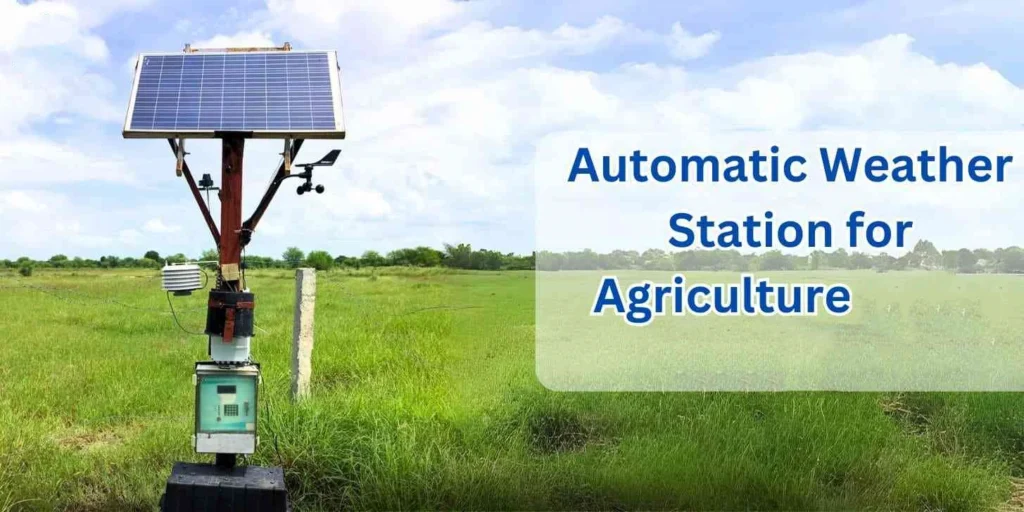
# Understanding the Functionality of Automatic Weather Stations
Automatic Weather Stations (AWS) have become an essential tool in modern meteorology, providing accurate and real-time weather data. These stations are designed to collect and transmit meteorological information without the need for constant human intervention. But what exactly is an automatic weather station, and how does it function?
## What is an Automatic Weather Station?
An Automatic Weather Station is a system of sensors and instruments that measure various atmospheric conditions. These conditions include temperature, humidity, wind speed, wind direction, rainfall, and atmospheric pressure. The data collected by these sensors is then processed and transmitted to a central database or directly to users.
### Components of an Automatic Weather Station
An AWS typically consists of several key components:
– **Sensors**: These are the primary tools for measuring weather parameters. Common sensors include thermometers for temperature, hygrometers for humidity, anemometers for wind speed, and barometers for atmospheric pressure.
– **Data Logger**: This device records the data collected by the sensors. It stores the information and can transmit it to a remote location.
– **Power Supply**: AWS units are often powered by solar panels, batteries, or a combination of both to ensure continuous operation.
– **Communication System**: This system transmits the collected data to a central server or directly to users. It can use various methods such as radio, satellite, or cellular networks.
## How Does an Automatic Weather Station Work?
The functionality of an AWS can be broken down into a few key steps:
1. **Data Collection**: Sensors continuously monitor and record weather conditions. For example, a thermometer will measure the temperature, while an anemometer will record wind speed.
2. **Data Processing**: The data logger processes the raw data from the sensors. It may perform initial calculations, such as averaging wind speed over a set period.
3. **Data Transmission**: The processed data is then transmitted to a central database or directly to users. This can be done in real-time or at scheduled intervals.
4. **Data Analysis**: Once the data reaches its destination, it can be analyzed by meteorologists or used in various applications, such as weather forecasting, climate research, or agricultural planning.
### Applications of Automatic Weather Stations
AWS units are used in a wide range of applications:
– **Weather Forecasting**: Real-time data from AWS units helps meteorologists make accurate weather predictions.
– **Agriculture**: Farmers use AWS data to make informed decisions about planting, irrigation, and harvesting.
– **Aviation**: Airports use AWS units to monitor weather conditions, ensuring safe takeoffs and landings.
– **Environmental Monitoring**: AWS units are used to track climate change and monitor environmental conditions in remote areas.
## Advantages of Automatic Weather Stations
There are several advantages to using AWS units:
– **Accuracy**: AWS units provide highly accurate and reliable data.
– **Real-Time Data**: The ability to transmit data in real-time allows for immediate analysis and response.
– **Cost-Effective**: Once installed, AWS units require minimal maintenance and can operate autonomously for extended periods.
– **Remote Monitoring**: AWS units can be placed in remote or inaccessible locations, providing valuable data from areas that would otherwise be difficult to monitor.
## Conclusion
Automatic Weather Stations are a vital tool in modern meteorology, offering accurate, real-time weather data with minimal human intervention. Their ability to operate autonomously and transmit data from remote locations makes them invaluable for a wide range of applications, from weather forecasting to environmental monitoring. Understanding the functionality of AWS units helps us appreciate the technology that keeps us informed about the ever-changing weather conditions around us.
Keyword: what is automatic weather station

Comments are closed